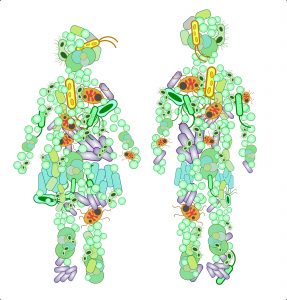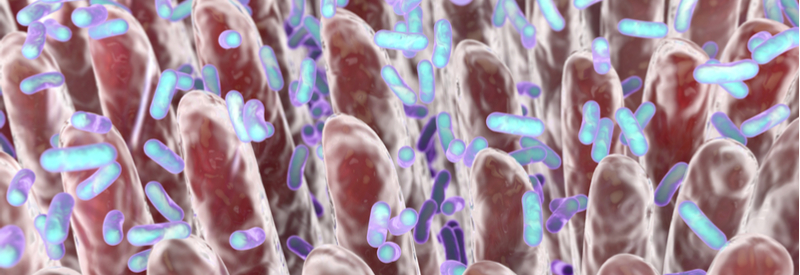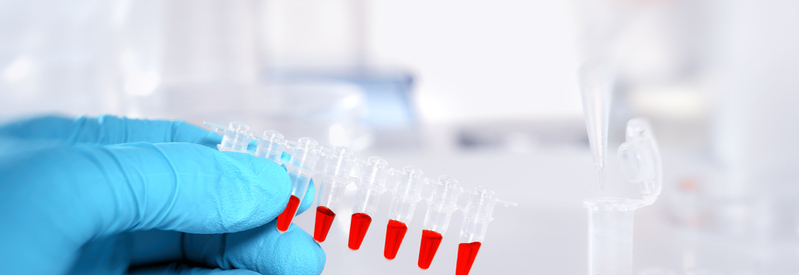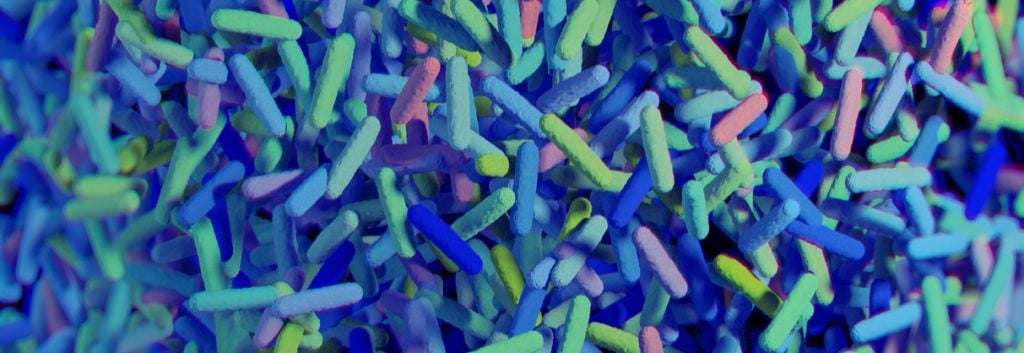A whole new avenue to human health and disease could soon be accessible, thanks to the human tissue microbiome. Vaiomer has found a way to make it possible!
Has anyone else ever been unsettled by the idea that the human body hosts about 10 times more microbes than human cells? Although this might seem an extremely daunting number, our bodies actually need these microorganisms. Most of them are invaluable to us, as they maintain our health by interacting with nutrients or our immune system.
However, in recent years a theory has formed stating that the composition of the human microbiome can also be associated with various diseases. In 2008, the National Institute of Health launched the Human Microbiome Project with the goal of characterizing the human microbiome in order to understand its functions in human health and diseases. In five years, the fund spent a total of $115M (€103M) on the research of microbial genomes, building a database as a resource for scientists who study the human microbiome.

In 2012, a wave of interest in the gut microbiome swept the international scientific community. With the main attention strictly focused on the human gut, many researchers overlooked a different theory: human gut microbiota could actually translocate to other parts of the human body, such as the liver, the brain, and other organs, where it could play a predominant role in health and also cause unprecedented damage by starting inflammatory cascades, leading to numerous metabolic diseases.
Finding the Link
And so, while everybody else was focusing on the human gut microbiome, scientists at Vaiomer set out to discover the microbiota that had translocated from the gut and inhabited different tissues instead. Their main goal was to help with the early detection and intervention of cardiometabolic diseases, by using blood microbiota as biomarkers.
The first problem they faced was the outdated technology used to detect bacteria in the gut. It was not suited to track microbiota in tissues. They therefore optimized a pipeline called 16S rDNA-targeted metagenomics sequencing or 16S meta-barcoding, a technique that allows the investigation and establishment of bacterial DNA profiles from human and animal tissues.
Using their newly developed 16S rDNA-targeting technique, the scientists at Vaiomer set out on a mission to prove that microbiota translocate to tissues as well. For example, they examined the relationship between microbiota translocation and liver fibrosis (LF). Their results showed that patients with LF had higher levels of 16S rDNA in their blood, revealing that there was a clear link between gut microbiota and inflammation of the liver.
Dependent on the disease status, a differential translocation of bacteria through the blood stream had occurred. Their hypothesis proven, the researchers then determined that the inflammation and damage of the tissue was linked to the quality, quantity and diversity of bacteria in the blood, and correlated with liver fibrosis and obesity.

Building the Database
In addition, Vaiomer’s bioinformatics team developed a pipeline specifically adjusted to analyze the interactions between blood and tissue bacteria in animal or human hosts, which they could then compare to homeostatic and diseased states. It would allow researchers and laboratories to not only diagnose a specific disease, but also to monitor it using specific drugs, or pre- or probiotics.
With the help of blood from healthy donors, the researchers were able to form a comprehensive description of the blood microbiome in healthy humans. The idea behind it was to build a pool of data on blood microbiota that can be used to track diseases.
“We generate a lot of data and we are discovering information that wasn’t known before. It is a goldmine of data and there are some things that are obvious, and many more that are more subtle,” says Benjamin Lelouvier, CSO of Vaiomer. “Looking at microbiota will summarize a lot of your life, your nutrition, your disease, your genetics, and more. You will basically be able to look at everything.”
What Does the Future Hold?
Although the idea of tracking diseases with the help of blood microbiota might sound straightforward, the main challenge is that the human microbiome is extremely specific. The development of the database is an ongoing project and the researchers at Vaiomer are now working on the development of novel blood biomarkers for cardiometabolic and neurodegenerative diseases.
They also help probiotics companies to understand the effectiveness of their products from a nutritional impact perspective, by suggesting the addition of certain bacteria to their products.

The relationship between tissue bacteria and host will help to discover new molecular mechanisms, new pathways to identify novel drugs or to contribute to personalized medicine, for example by reducing side effects or improving response to treatments. In future, the Vaiomer team hopes to improve the lives of HIV and cancer patients, by investigating the bacterial transformation in their blood and discovering a microbiotic profile from which to work from.
The profiling of gut and tissue microbiota has opened many doors to the way human health and diseases can be monitored. Soon, researchers could be able to detect diseases at an early stage, intervene before it may be too late and monitor a patient’s state carefully with the help of the human tissue microbiome. Or as Lelouvier puts it, “Microbiota is the future of biology, and tissue microbiota is the future of microbiota.”
Discover here how Vaiomer can help you to investigate microbial communities and study bacterial translocation in your blood samples!
Images via Anatomy Insider, lanatoma, Kateryna Kon, anyaivanova /Shutterstock.com





